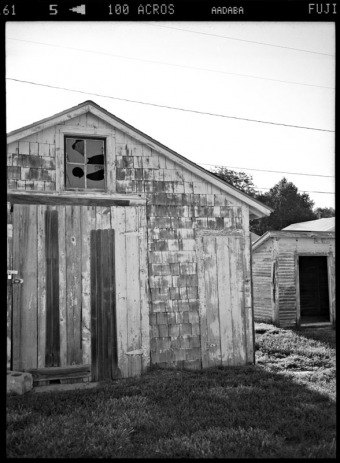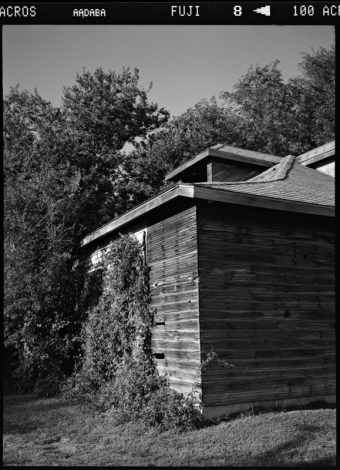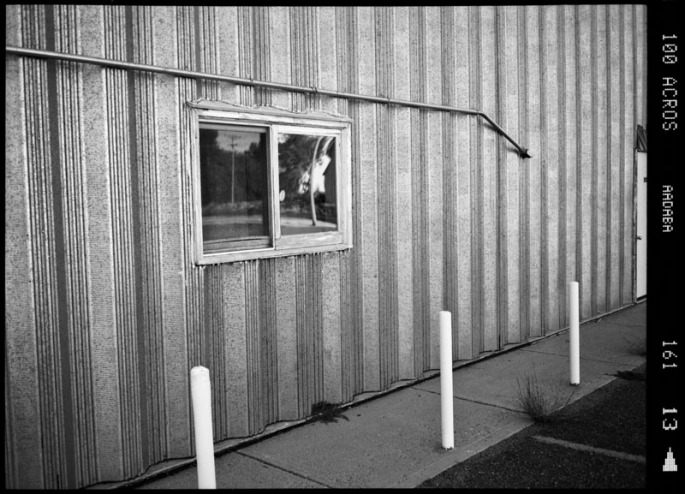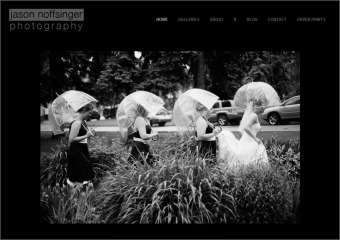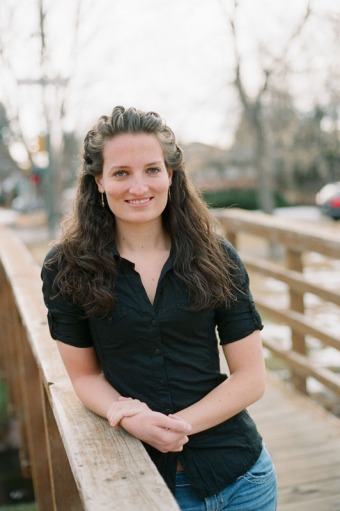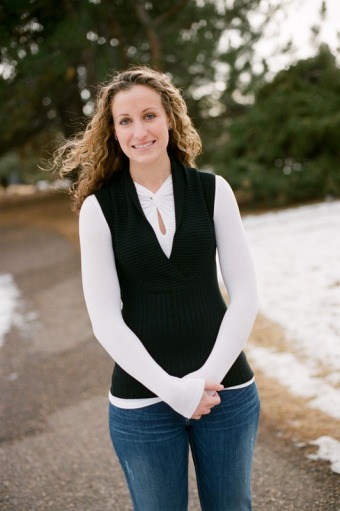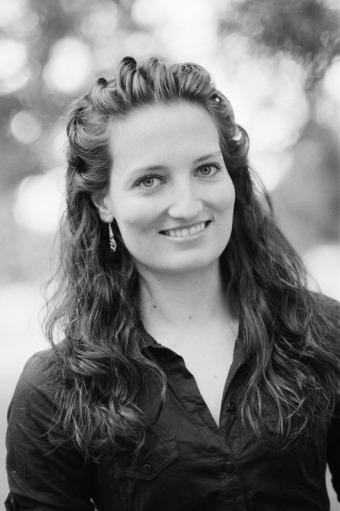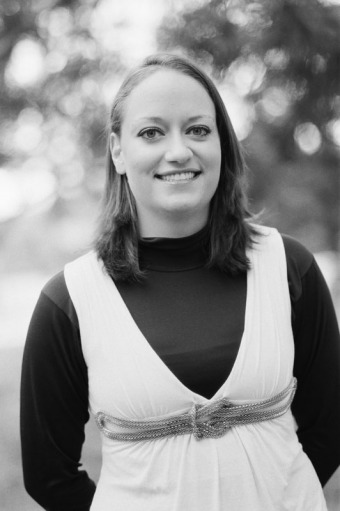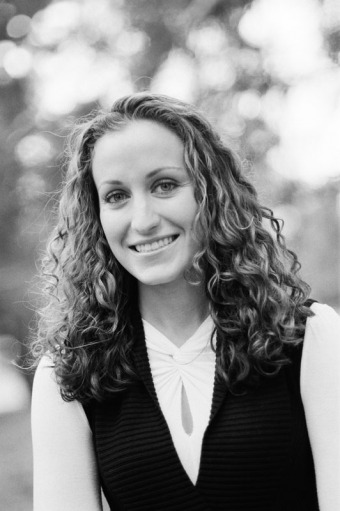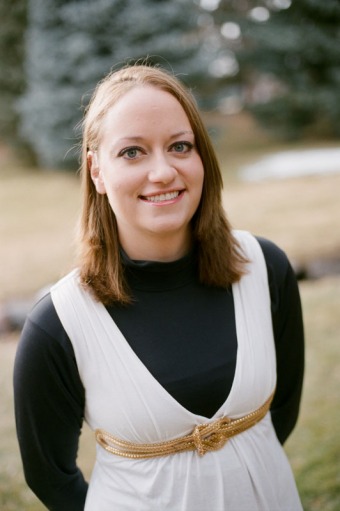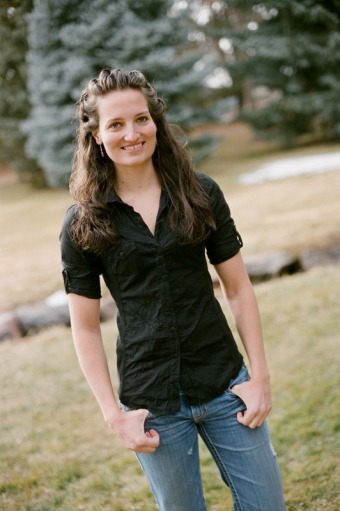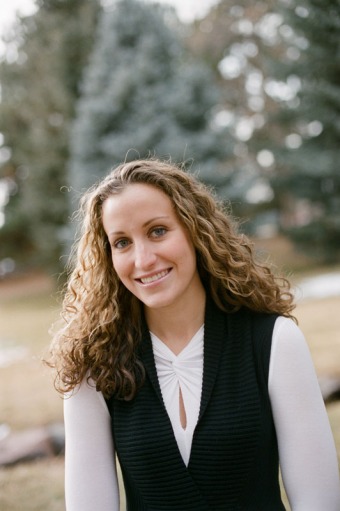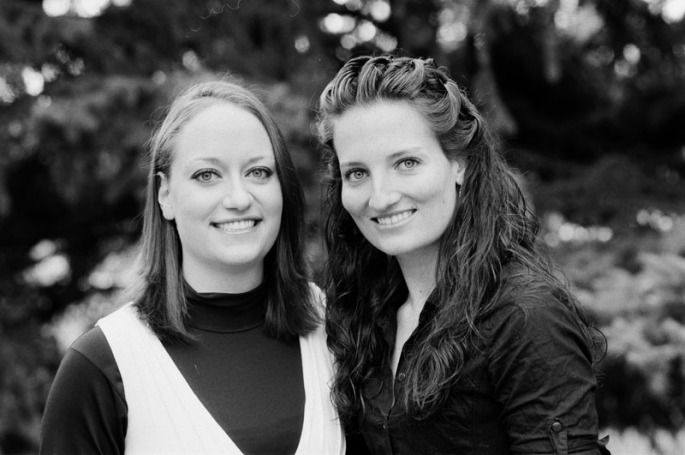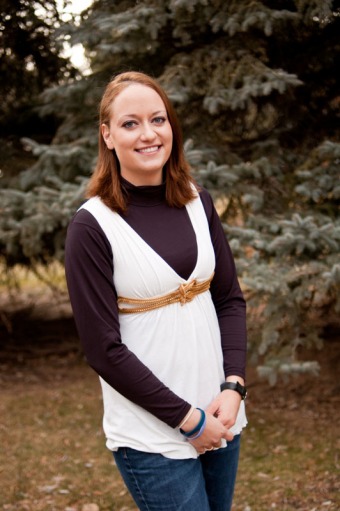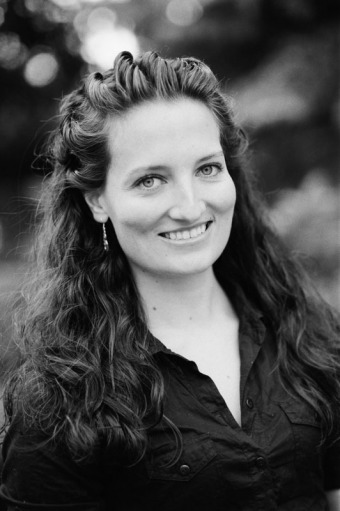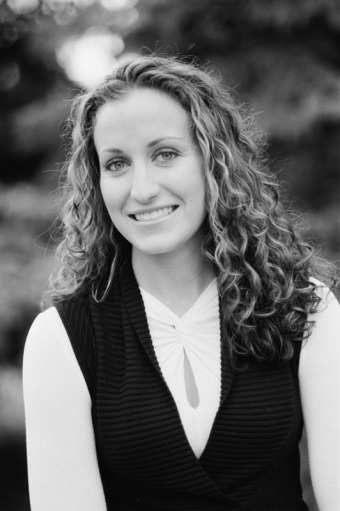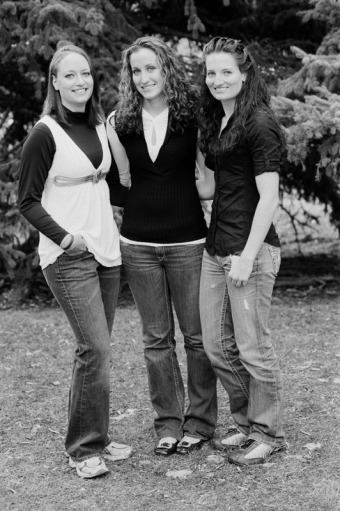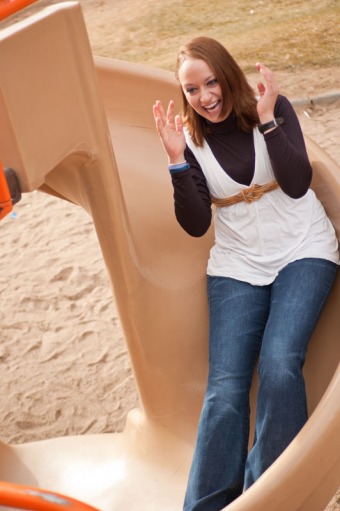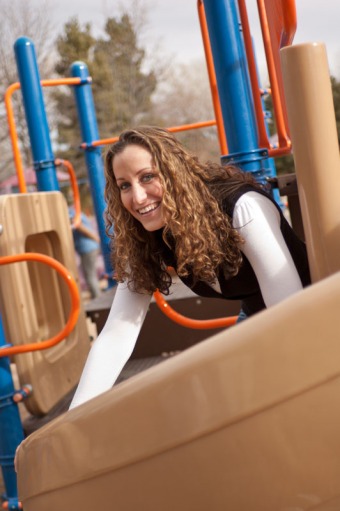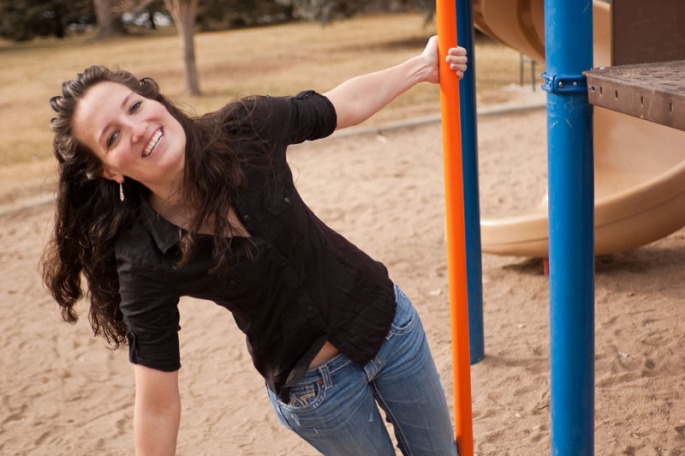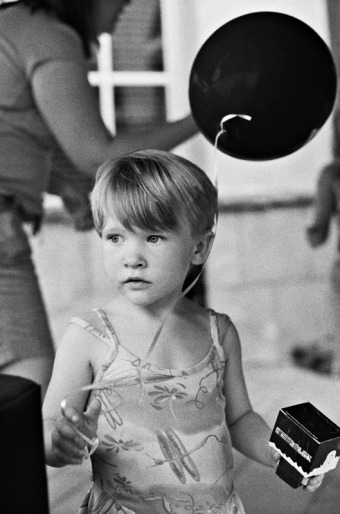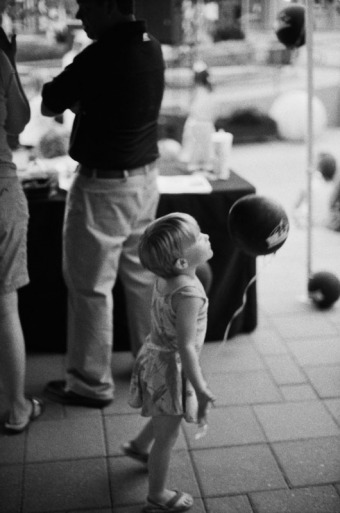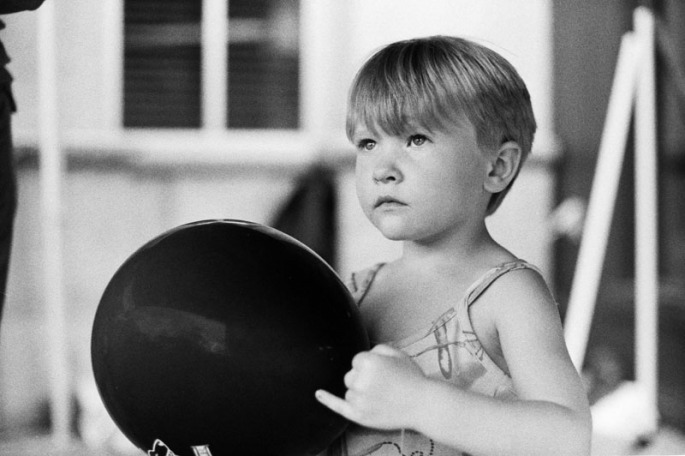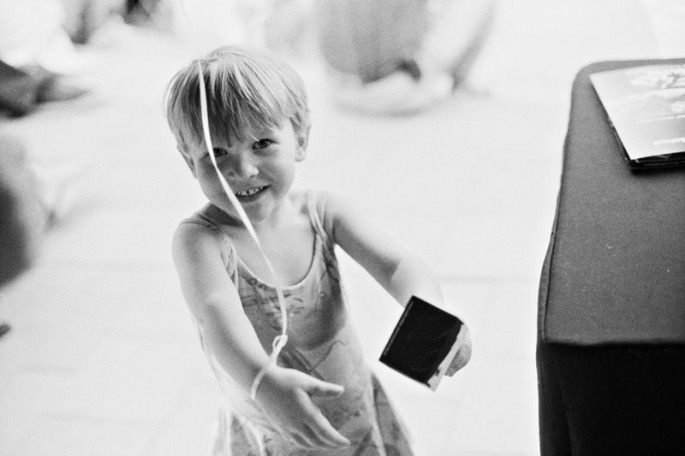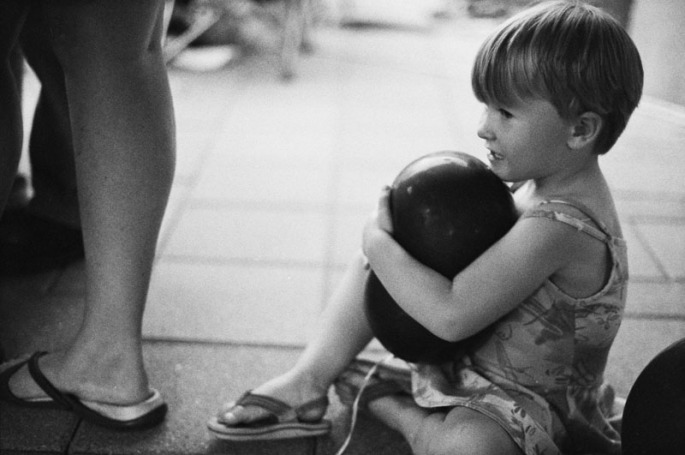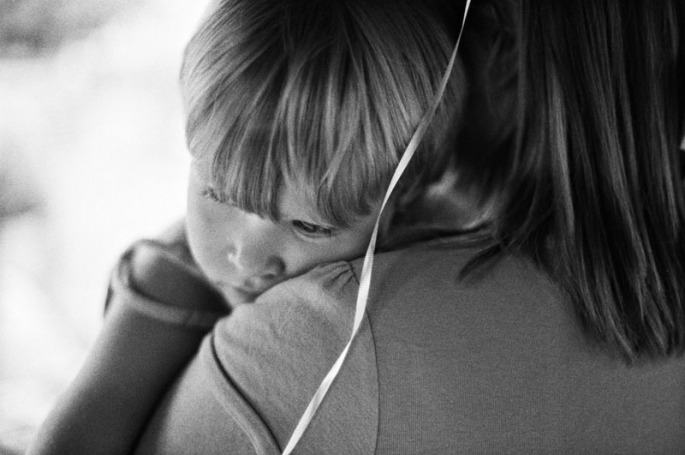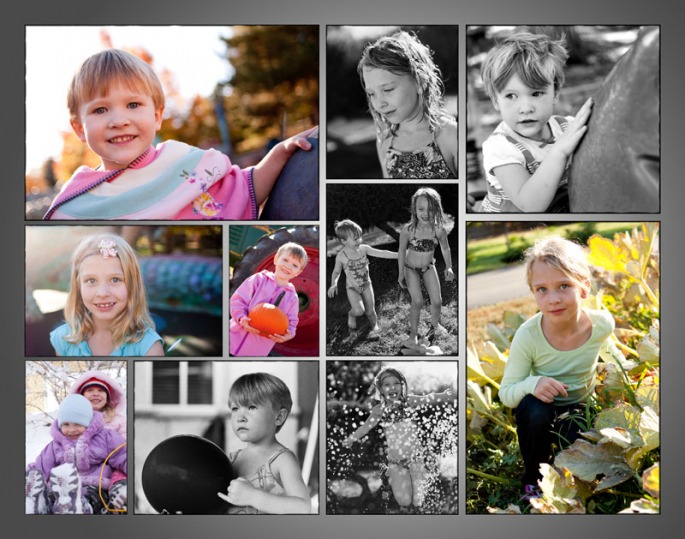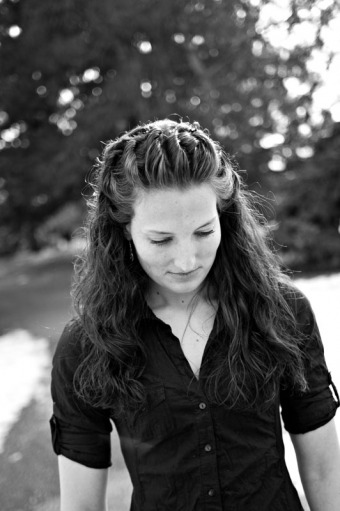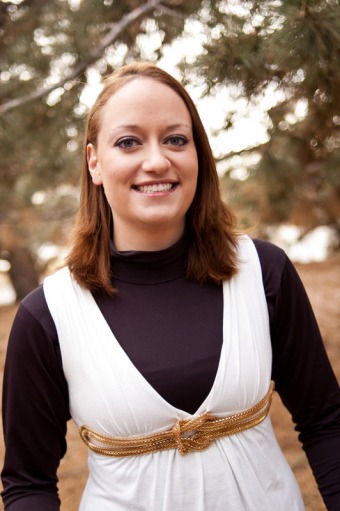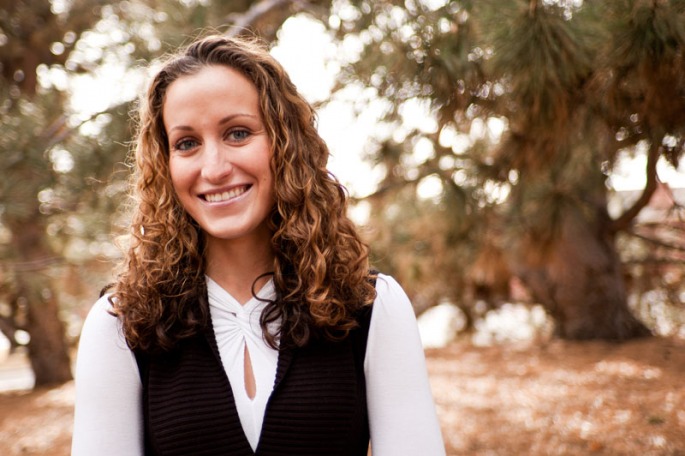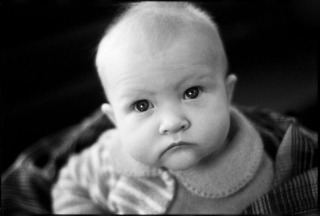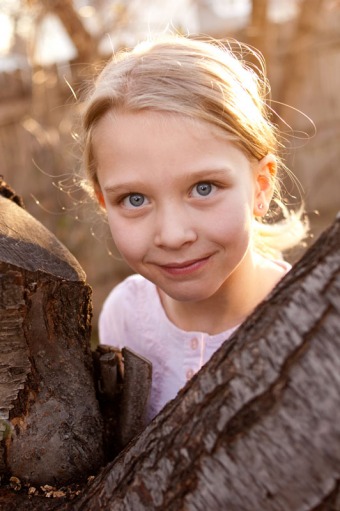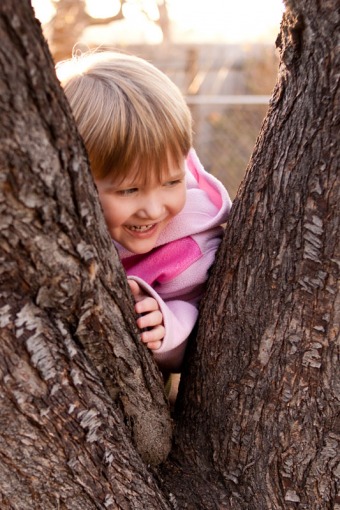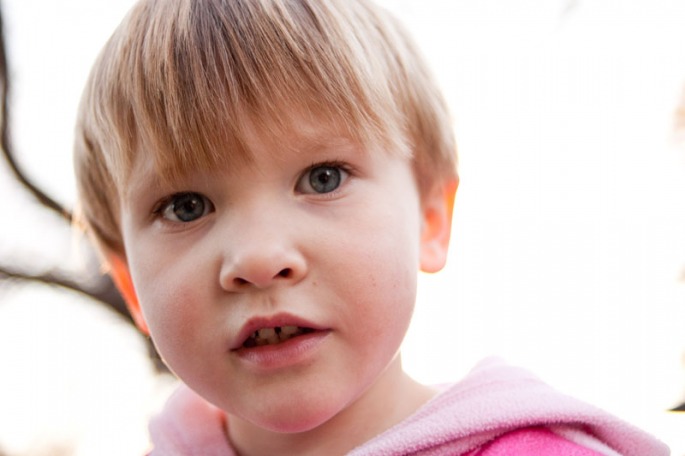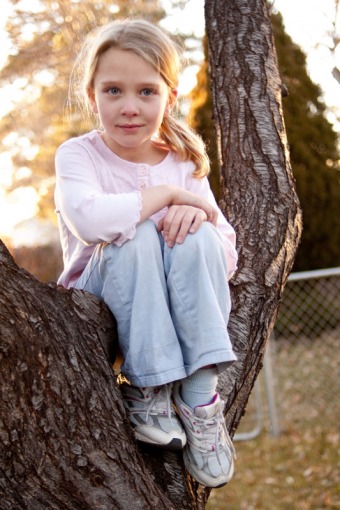Over on
Slate.com there is a recent article about the
Slow Photography Movement. Basically, the idea behind “slow photography” is to think before you shoot (to be honest, I am a fan of this approach in pretty much anything you happen to be doing). As you may have noticed, this is a theme that I return to often on this blog –
think about your frame,
consider your camera angle,
how will your pictures work as a photo story, etc. The Slate article brings up some interesting points, and I like the general ideas behind the “slow photography” movement; but there are some quotes from the article that I wanted to pull out and discuss.
“…by the logic of volume: If you take a thousand photographs, one or two will turn out great. Professional photographers rely on this logic…”
This is what is often called the “spray and pray” approach to photography, and while there are some “professionals” that use this approach, it is definitely not the norm. Most professionals know that every shutter click has a cost. In the digital world, that cost is time sitting in front of the computer editing photos.
“In slow photography, the basic idea is that photos themselves—the results—are secondary. The goal is the experience of studying some object carefully and exercising creative choice.”
I sort-of see where he is going with this, but I really don’t see how you can separate the “experience” from the “results”. As far as I am concerned, the experience isn’t over until you are holding a print in your hand. The “results”, so easily dismissed in the article, have intrinsic value – be it historical, artistic, or whatever – and that value should not be discounted.
“In the logic of slow photography, the only reason to take photos is to gain access to the third stage, playing around in post-production, whether in a darkroom or using photo-editing tools, an addictive pleasure.”
Maybe it’s just me, but I don’t find a lot of pleasure in doing Photoshop (or darkroom) work. It truly is a means to an end. I want a nice image and so I must go through the post production process (especially with digital captures). Given the choice, I will take some extra time while shooting to ensure better results and less post processing. To me, that is the essence of “slow photography.
“No, the real victim of fast photography is not the quality of the photos themselves. The victim is us. We lose something else: the experiential side, the joy of photography as an activity. And trying to fight this loss, to treat photography as an experience, not a means to an end, is the very definition of slow photography.”
In my experience, quality IS a victim of fast photography. You may end up with a few good shots using the “spray and pray” method. But you will have far superior results using a more considered approach. As for the second part of this quote, again, I don’t think the “experience” of photography can be separated from the final image. If there is no final image, there is no photography, only looking. Looking is fine, but it’s sure not photography.
I will finish up this post with a slightly older quote that concisely explains what I see as the “slow photography” approach.
“Not many realize that good photographs – like anything else – are made with one’s brains.”
— Edward Weston, October 22, 1924
Tech Info:
Camera Scan
Sigma SD9
Sigma 50mm f2.8 Macro
Photosolve Xtend-a-Slide


